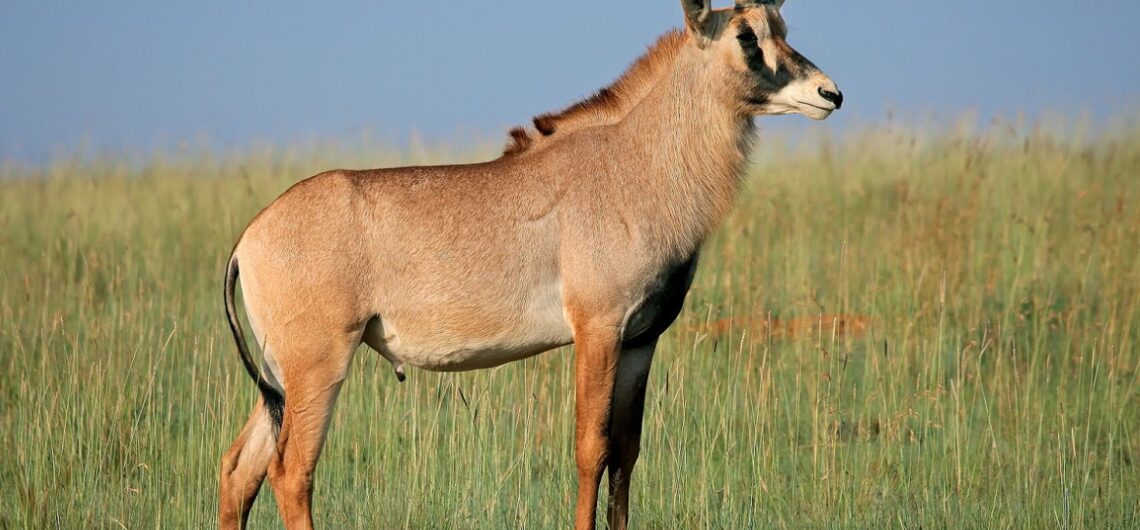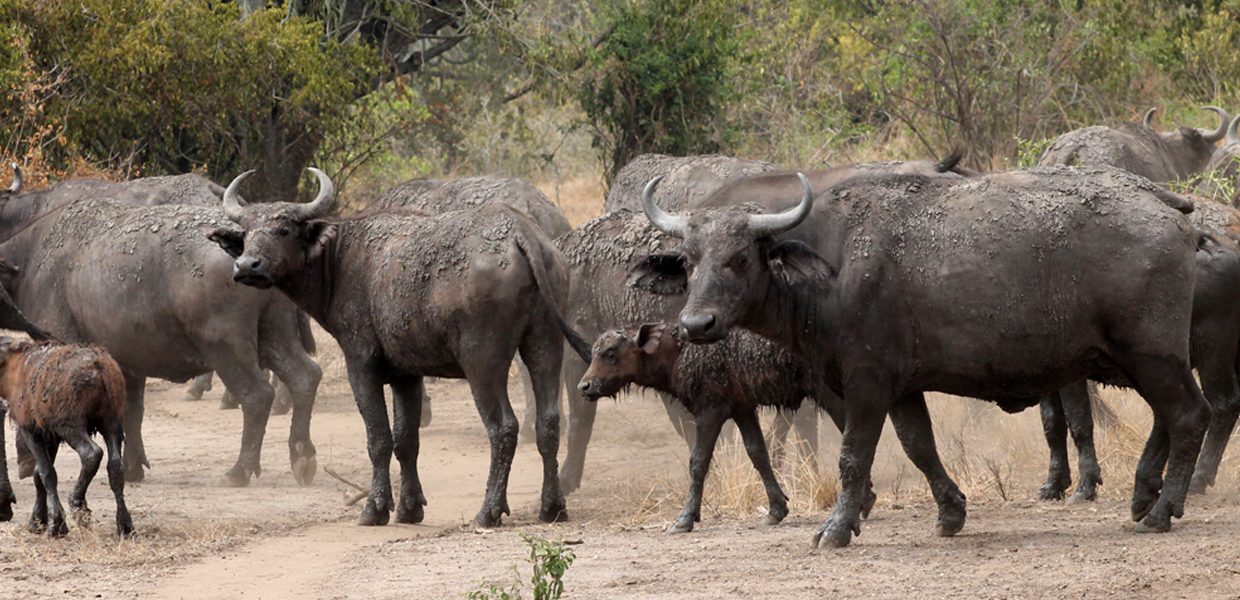Pian Upe Game Reserve: Uganda’s Untamed Wilderness and Conservation Haven
Pian Upe Game Reserve, located in northeastern Uganda, is one of the largest wildlife reserves in the country and East Africa as a whole. Spanning approximately 2,275 square kilometers, it lies in the Karamoja region, bordered by Mount Elgon to the south and the Great Rift Valley to the east. This reserve is part of the larger Karamoja wildlife conservation area, which includes other protected areas like Kidepo Valley National Park and Matheniko-Bokora Wildlife Reserve.
Geography and Climate
Pian Upe is defined by its diverse landscape, including open savannahs, grasslands, woodlands, and volcanic hills. The northern part of the reserve is more mountainous, with volcanic remnants, while the southern region transitions to flat grasslands. This geographical diversity supports a wide range of flora and fauna, making it one of Uganda’s prime game-viewing locations.
The reserve experiences a semi-arid climate, with annual rainfall averaging around 600-900 millimeters. The rain usually falls between April and November, while the dry season extends from December to March. The climate is favorable for hardy wildlife species that can thrive in less vegetated areas.
Historical Background
Established in the early 1950s as a hunting reserve, Pian Upe was officially designated as a wildlife reserve in 1964 to protect the endangered species that inhabited its territory. Its name, “Pian Upe,” comes from two Karamojong subgroups: the Pian and the Upe, who are native to the region. The reserve has faced various challenges, including poaching and land encroachment, but conservation efforts by the Uganda Wildlife Authority (UWA) and other stakeholders have improved its protection in recent years.
Wildlife in Pian Upe
Pian Upe Game Reserve boasts a rich variety of wildlife, including some species that are unique to this region. Here is a breakdown of notable animals you might encounter:
- Mammals: Pian Upe is known for its diversity of large mammals. These include common species like zebras, buffaloes, and giraffes, as well as more unique ones like the Rothschild giraffe and Jackson’s hartebeest. Predators like lions, leopards, and cheetahs, though rare, can also be spotted in the area. The reserve is home to one of Uganda’s few populations of cheetahs, making it a significant site for their conservation.
- Birds: The birdlife in Pian Upe is incredibly diverse, with more than 200 recorded species, making it a popular destination for birdwatchers. Some notable bird species include the ostrich, secretary bird, and the unique Karamoja apalis. Raptors like the martial eagle and the African crowned eagle are also common, soaring above the vast plains.
- Reptiles: Pian Upe is home to an impressive variety of reptiles, including some unique species like the rock python and the Nile crocodile. These reptiles thrive in the reserve’s semi-arid environment, especially near the few water bodies scattered across the reserve.
Vegetation and Landscape
The vegetation in Pian Upe Game Reserve is predominantly savannah grassland interspersed with acacia trees and shrubs. This semi-arid landscape also includes scattered euphorbia and fig trees, which create isolated patches of shade and shelter for animals. Riverine areas along seasonal rivers support riparian woodlands, while in the northern mountainous areas, you’ll find unique plant species adapted to the rocky terrain.
During the rainy season, the vegetation turns lush, attracting more wildlife to the reserve. The grasslands and woodlands provide sufficient food sources, particularly for herbivores, while the abundance of small game draws predators into the area.
Tourism Activities
While Pian Upe is relatively less developed than some other Ugandan reserves, there are several activities for adventurous tourists:
- Game Drives: The most popular activity, game drives allow visitors to explore the reserve’s diverse wildlife. Early morning and late evening drives offer the best chances of sighting animals like zebras, giraffes, and antelopes, as well as the elusive cheetah.
- Birdwatching: With its rich bird diversity, Pian Upe is a paradise for birdwatchers. The reserve’s open landscape and sparse tree cover make birdwatching relatively easy, with ostriches and various raptors providing a unique viewing experience.
- Guided nature walks: For those interested in exploring the reserve on foot, guided nature walks offer a closer look at the landscape and smaller wildlife species. Trained guides provide information about the area’s ecology and can safely lead visitors to some scenic viewpoints.
- Cultural Encounters: Since Pian Upe is located in the Karamoja region, which is rich in indigenous cultures, visitors can engage in cultural experiences with the local communities. This includes visits to the traditional homesteads of the Karamojong and learning about their way of life, which revolves around cattle herding and farming.
Conservation Challenges
Like many protected areas in Africa, Pian Upe faces conservation challenges that threaten its wildlife and ecosystems:
- Poaching: Although measures have been implemented to curb poaching, it remains a concern, especially for valuable species like antelopes and ostriches. Conservation organizations and the Uganda Wildlife Authority continue to work on anti-poaching strategies, including community engagement and patrols.
- Human-Wildlife Conflict: The proximity of pastoral communities around the reserve leads to occasional human-wildlife conflicts. Livestock sometimes stray into the reserve, while wildlife occasionally ventures into villages, leading to tension between conservationists and local communities.
- Funding and Infrastructure: Pian Upe’s remote location has led to limited infrastructure development. Access roads within the reserve can be challenging to navigate, especially during the rainy season. Limited funding also restricts the availability of tourism facilities, though efforts are ongoing to improve accessibility and amenities.
Community Involvement and Ecotourism
The Uganda Wildlife Authority (UWA) has made strides in involving local communities in conservation efforts. By engaging communities in tourism and offering employment opportunities, UWA seeks to foster a sense of shared responsibility in protecting the reserve. Local communities, primarily the Karamojong, benefit economically from tourism, which incentivizes them to cooperate in wildlife conservation.
Ecotourism is another focal area, with an emphasis on minimizing environmental impact and promoting sustainable practices. Visitors are encouraged to observe wildlife responsibly and respect local cultural traditions.
Best Time to Visit and Accessibility
The best time to visit Pian Upe Game Reserve is during the dry season, from December to March. During this period, animals tend to gather around the few remaining water sources, making them easier to spot. However, the wet season (April to November) has its own appeal, as the landscape becomes vibrant with fresh growth, and birdwatching opportunities increase.
Pian Upe is accessible from major Ugandan towns, although the journey may require a sturdy vehicle, especially during the rainy season. The most common route is from Mbale, a town approximately 90 kilometers away, or from Kampala via Soroti, which can take up to 6 hours by road.
Accommodation Options
Accommodation in and around Pian Upe Game Reserve is limited, but options are available to suit different budgets:
- Camping: For the adventurous, camping within the reserve is allowed. The Uganda Wildlife Authority provides basic camping facilities, allowing visitors to experience the wilderness up close.
- Lodges and Guesthouses: While there are no high-end lodges within Pian Upe, nearby towns like Mbale and Soroti offer a variety of lodges, hotels, and guesthouses with modern amenities. Plans are underway to develop more accommodations within the reserve to cater to the growing number of tourists.
Future Prospects
Pian Upe Game Reserve has enormous potential for tourism growth. The Uganda Wildlife Authority, alongside other conservation organizations, is investing in infrastructure improvements, anti-poaching efforts, and ecotourism initiatives to enhance its appeal. The reserve is gaining attention as an alternative to Uganda’s more popular parks, offering a unique wilderness experience away from crowds.
In conclusion, Pian Upe Game Reserve is a hidden gem in Uganda’s conservation landscape, combining raw beauty with a rich diversity of wildlife. It offers a unique safari experience, especially for those seeking off-the-beaten-path adventures. With continued conservation efforts, the reserve is poised to become a major destination for eco-conscious travelers, birdwatchers, and wildlife enthusiasts alike.



Comments